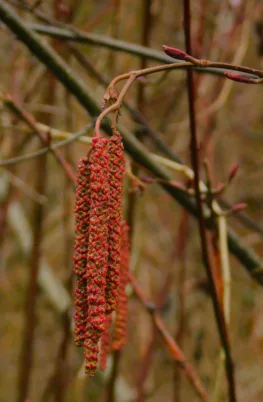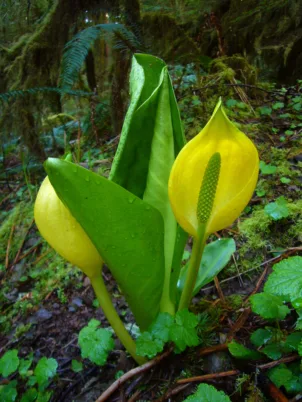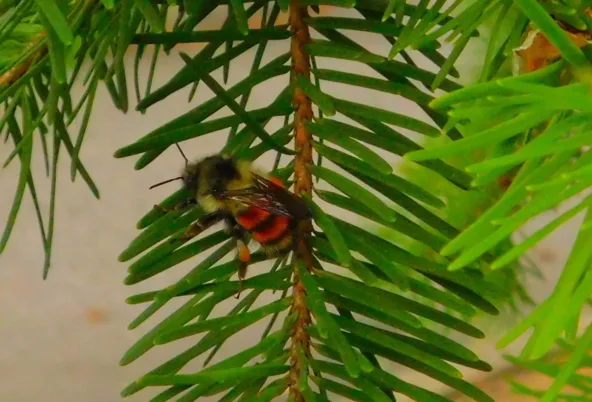Skunked Again! The Moving Scent of Spring
by Marcia Wilson

It’s that time of year when visitors to the Outdoor Lab may encounter a hair-curling odor over the usual fume of the swamp. Meet the rank “sewer stink” of Lysichiton americanus, the Western Skunk Cabbage, a plant that has survived the dinosaurs and still going strong. So is its perfume, which is compared to a bottle of decaying turnips, meat, and sweet apples rolled together. The stench is impossible to ignore, and pollinating insects will travel far to feed on its rich pollen. This actually helps our PNW insects survive the unstable weather of early spring; they are winter-weak at this time and need food, rest, and time out of the cold. Skunk Cabbage provides this easily. Many a beekeeper has owed their hive’s survival to the skunkies. Also, the rested pollinators move on to work on our valuable trees, like the Red Alder, Bigleaf Maple, and Willows.
The Lantern Shows the Way

Left: The Skunk Cabbage is shaped like a cozy tent.
Lysichiton is a combination of two Greek words meaning “loosening the cloak”. Looking at the photo you can see the bright yellow spathe, the cloak, opening around a flower spike. The spathe looks like a flower petal but is a modified leaf. The flame-like shape led to other obvious names such as Swamp Lantern and Swamp Candle. In chilly spring the yellow glows against the darkly shaded vernal seeps and pools and the welcome color pleases the native-themed landscapers. Less pleasing is the stench, but without it the plant would be lacking its pollinators, and humans and animals would work harder to find this welcome source of food.
Over at the college wetlands the skunkie grows into magnificent, large-leaved clumps nearly five feet tall where frogs, salamanders, birds and voles hide from predators. The skunkies stretch in that perfect spot between water and land, stabilizing streambanks against the erosion that threatens the PNW when the autumn rains end the dry season. This ultimately increases the odds of a successful salmon return every year in the active salmon runs.
Once the growth cycle completes, the water-filled plants dry out, leaving almost nothing behind.

Skunk Cabbage is a valuable note in perfumery. It is a “musky note of vegetal origin” to use the words of the Perfume Encyclopedia. This balances out the sickly-cloying sweet of heavy florals. In the past, perfumeries depended on animal harvesting for musk. Plants are a solution to this exorbitant expense, and an active sub-industry aiming to “crack this code” has already made success with other plant sources. Should you ever tour a perfumery, you will find plenty of “skunk cabbage smells” in what is called “the stinky room!”
